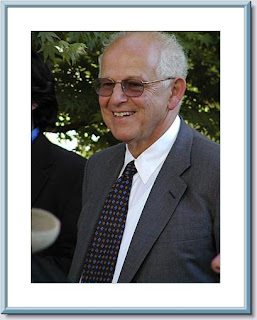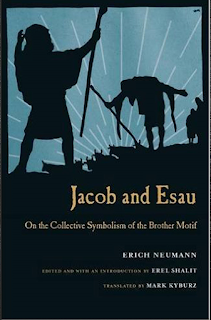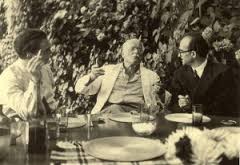We mourn the passing of Tom Kirsch

We mourn the passing of Tom Kirsch, after a long and courageous battle with terminal illness. Tom was one of the leading torch bearers in the tradition of Jungian psychology. He was a Graduate of Yale Medical School, Stanford Department of Psychiatry and C.G. Jung Institute of San Francisco. He was president of the Jung Institute of San Francisco, as well as of the International Association for Analytical Psychology. He wrote The Jungians , and in 2014, Fisher King Press published his A Jungian Life. The correspondence between Jung and his father, James Kirsch,was edited by Ann Lammers, and published by Routledge. From the back cover: The Jung-Kirsch Letters belongs to a category of literature where the thoughts and ideas of the psychoanalytic masters are revealed behind their more formal writings. We are here served an exceptional vista of ruminations, theoretical and clinical discussions, dreams and personal emotions, as they crystallize into meaningful ideas


